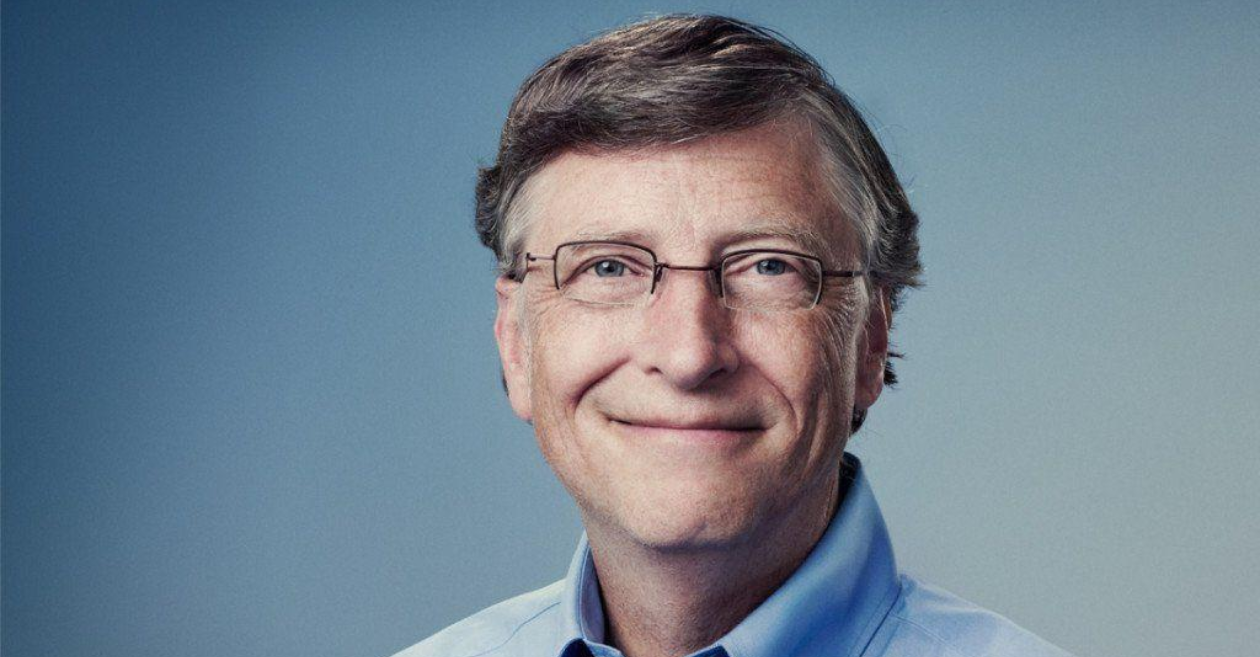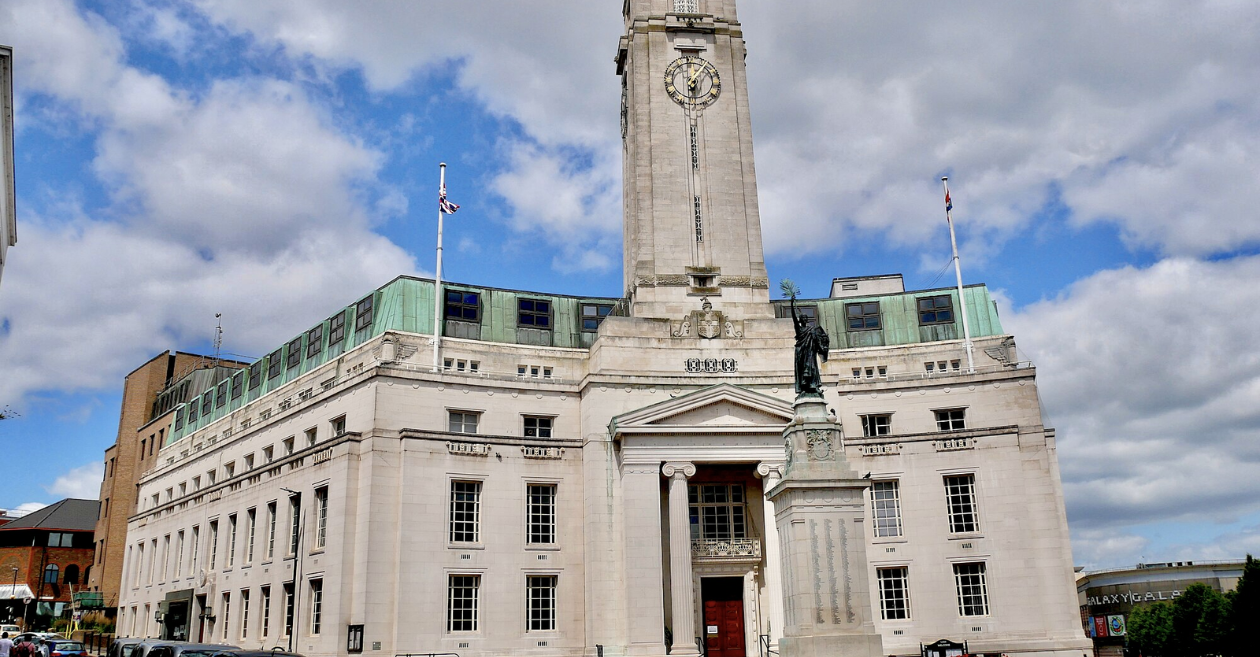


Bill Gates is a name synonymous with innovation, wealth, and the digital era. From co-founding Microsoft to becoming one of the world's wealthiest individuals, Gates's journey is nothing short of remarkable. In this blog, we delve into the life of the man who shaped the modern tech landscape and explore the milestones that define his extraordinary biography.
People Also Read: Janet Yellen biography
Born on October 28, 1955, in Seattle, Washington, Gates exhibited a passion for computers from a young age.
Harvard dropout: Gates left Harvard University in 1975 to pursue his dream of putting a computer on every desk and in every home.
The birth of Microsoft: Gates, along with childhood friend Paul Allen, founded Microsoft in 1975, laying the foundation for the software giant.
The pivotal deal with IBM: Microsoft struck a groundbreaking deal with IBM in 1980, providing the operating system for their first personal computer.
Introduction of Windows: Gates led the development of the Windows operating system, transforming the computing experience for millions.
Windows 95: A game-changer, Windows 95 became a global phenomenon, introducing the Start menu and revolutionizing user interfaces.
Wealth for good: Gates redirected his focus to philanthropy, co-founding the Bill & Melinda Gates Foundation in 2000 with his then-wife Melinda.
Global impact: The foundation addresses global issues like health, education, and poverty, making a substantial impact worldwide.
Forbes list topper: Gates consistently topped Forbes' list of the world's richest people for several years.
Net worth milestones: A look at the chart below reveals the staggering growth of Gates's net worth over the years.
| Year | Net Worth (Billion USD) |
| 1987 | 1.25 |
| 1997 | 36.4 |
| 2007 | 56 |
| 2017 | 86 |
Antitrust lawsuit: Microsoft faced an antitrust lawsuit in the late '90s, accusing the company of monopolistic practices.
Transition from CEO to philanthropist: Gates stepped down as Microsoft's CEO in 2000, dedicating more time to philanthropy.
Focus on clean energy: Gates is actively involved in the fight against climate change, investing in clean energy solutions.
Innovation in healthcare: The Gates Foundation works towards improving global health, with a focus on eradicating diseases like malaria and polio.
Bill Gates's biography is a tale of vision, ambition, and impact. From shaping the personal computer revolution to driving global change through philanthropy, Gates's journey is an inspiration for aspiring entrepreneurs and a testament to the transformative power of technology. As we navigate the digital age, it's impossible to overlook the indelible mark left by this tech luminary.
In the words of Bill Gates himself, "Your most unhappy customers are your greatest source of learning." His story teaches us not just about success but also about resilience, adaptability, and the importance of giving back to society. As we continue to witness the evolution of technology, Bill Gates remains a guiding force, reminding us that with great success comes an even greater responsibility to make a positive impact on the world.
Bill Gates had a deep passion for computers from a young age. The opportunity to bring a computer to every home and desk fueled his decision to leave Harvard in 1975 and co-found Microsoft with Paul Allen.
The pivotal deal with IBM in 1980, where Microsoft provided the operating system for their first personal computer, marked a significant turning point. This partnership laid the foundation for Microsoft's dominance in the software industry.
In 2000, Bill Gates and his then-wife Melinda founded the Bill & Melinda Gates Foundation, focusing on global issues like health, education, and poverty. Their philanthropic efforts have had a profound impact worldwide, especially in the fight against diseases like malaria and polio.
Gates stepped down as Microsoft's CEO in 2000 to dedicate more time to philanthropy. This transition allowed him to focus on addressing global challenges and contributing to positive change through the Bill & Melinda Gates Foundation.
Microsoft faced an antitrust lawsuit in the late '90s, accusing the company of monopolistic practices. Despite this challenge, Gates continued to lead Microsoft through significant technological advancements, ultimately leaving a lasting impact on the tech industry.

South Korea is like a cool mix of old

You might not think of Luton immediat

Cancun, just saying it makes you thin

The USS Enterprise is like a supersta

Woolworths, a beacon in the retail la

In the vast sea of credit card choice
Trash to treasure: How Google thinks
Spring Fashion Show at the University
Matter of Impact: April updates from
Android Enterprise security delivers
We are not gonna make spamming
Copyright By@TheWebTrends - 2023
BACK TO TOP